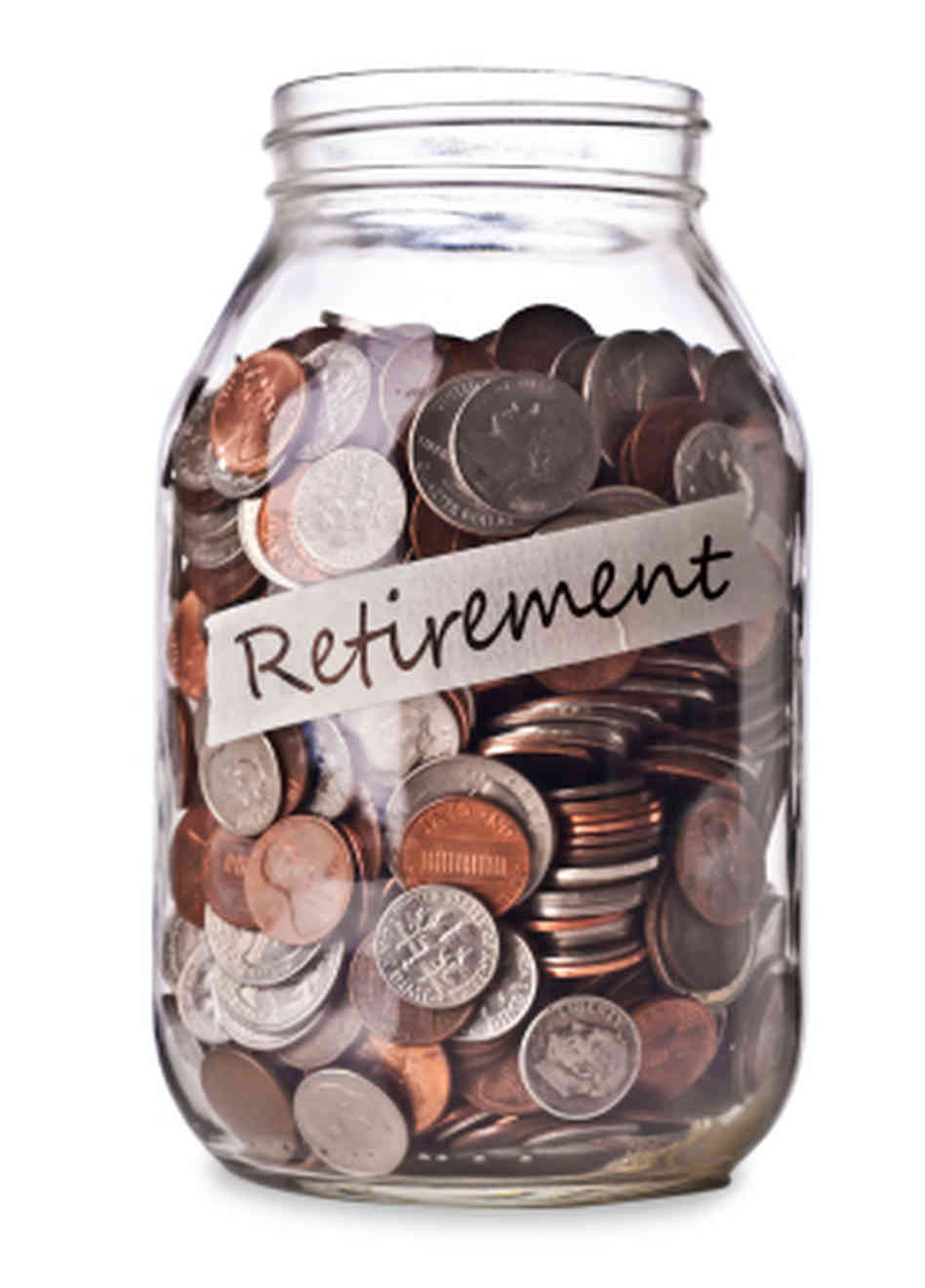

It doesn’t matter how old you are, we’ve all dreamed of the day we can retire. We can just imagine ourselves on the beach with no worries. Or playing shuffleboard in Boca Del Vista. Or maybe it’s just finally being able to yell at people and blame it on old age. Whatever it is, we imagine it will be delightful.
But to get to that point, you need money to retire. Unfortunately, this requires you to work now so you can save for later. Or as Homer Simpson says, “If you really want something in this life, you have to work for it. Now quiet! They’re about to announce the lottery numbers.”
When you work for someone else, saving for retirement is fairly straightforward. If your company has a 401(k) then you only need to decide how much to contribute each year. But when you operate your own business, there are several forms of retirement plans to choose from. The retirement plan that suits you best depends on your specific circumstances.
And your circumstances may change—the retirement plan that was most advantageous to you before isn’t necessarily the best for you now. You should constantly analyze your options to ensure you are using the plan that works best for you.
While there are many different retirement plans to choose from, I’ll discuss four of the most popular ones that could work for you. Note that this is quick rundown of these options so you should speak to your accountant or financial planner to decide which works best for you.
1. Traditional IRA: A traditional Individual Retirement Account (IRA) is very easy to set up. It allows you to sock away $5,500 ($6,500 if you’re age 50 or older) each year in a retirement account. If neither you nor your spouse are covered by a plan at work (i.e., 401(k), then you can deduct the amount you contributed. If your spouse is covered by a plan at work then your deduction starts being phased out when your modified adjusted gross income is above $184,000.
2. SEP IRA: The Simplified Employee Pension (SEP) lives up to its name—it’s truly a simple retirement plan that works for both self-employed individuals and small corporate owners. In fact, you can set one up in a matter of minutes. If you are self-employed as a sole proprietor, LLC member or partner, you can make a deductible contribution to a SEP of up to the lesser of: (1) 20% of self-employment income, or (2) $53,000.
The major advantage to a SEP plan is the ability to contribute a large amount to a retirement account with a simple plan with small administrative fees (usually less than $100). Another advantage is the ability to set up a SEP plan for the previous tax year as late as the due date (including extensions) of your tax return that you will file. That means for the 2016 tax year, you can set up a SEP account as late as October 15, 2017.
3. SIMPLE-IRA: The SIMPLE-IRA is another option. If you are self-employed as a sole proprietor, LLC member or partner, you can make a deductible contribution to a SIMPLE-IRA. You actually must make two types of contributions. The first type of contribution is the elective deferral contribution. For 2016, the maximum elective deferral contribution is the lesser of: (1) 100% of self-employment income, or (2) $12,500 ($15,500 if you are age 50 or older).
You then make another contribution called a matching contribution. The matching contribution is the lesser of: (1) 3% of your self-employment income, or (2) the amount of your elective deferral contribution. Because you may contribute 100% of your income up to $12,500 to a SIMPLE-IRA, when your income is lower you save more with this retirement plan than with a SEP.
4. Solo 401(k): The Solo 401(k) may be your best bet if you’re trying to put away as much cash for retirement as possible. Like the SIMPLE-IRA, there are two different types of contributions to a Solo 401(k). But unlike the SIMPLE-IRA, neither of these contributions are mandatory. The first contribution is the elective deferral contribution. For 2016, you can contribute up to $18,000 from your salary or self-employment income ($24,000 if age 50 or older).
The second contribution is the employer contribution, and this applies even if your business is a proprietorship. Tax law simply treats you as your own employer. The employer contribution is up to 20% of self-employment income.
The combined elective deferral and employer contributions may not exceed 100% of your salary or self-employment income. But if you are age 50 or older you can actually exceed these amounts by $6,000.
The combined contributions may also not exceed a dollar cap, which for 2016 is $53,000 ($59,000 for those age 50 and older).
You have several options to choose from when saving for retirement if you run your own business. Know the differences between the various plans so you can choose the one that benefits you the most.
Take the time to reevaluate these plans every so often. While the SIMPLE-IRA may have been your best option at first, maybe a Solo 401(k) works better now. Or maybe the SEP plan allows you to maximize your contributions while keeping it simple and paying little admin fees.
By Daniel Magence, CPA, Esq.













